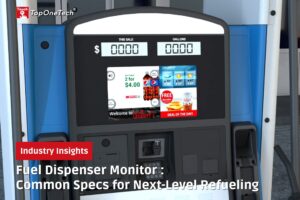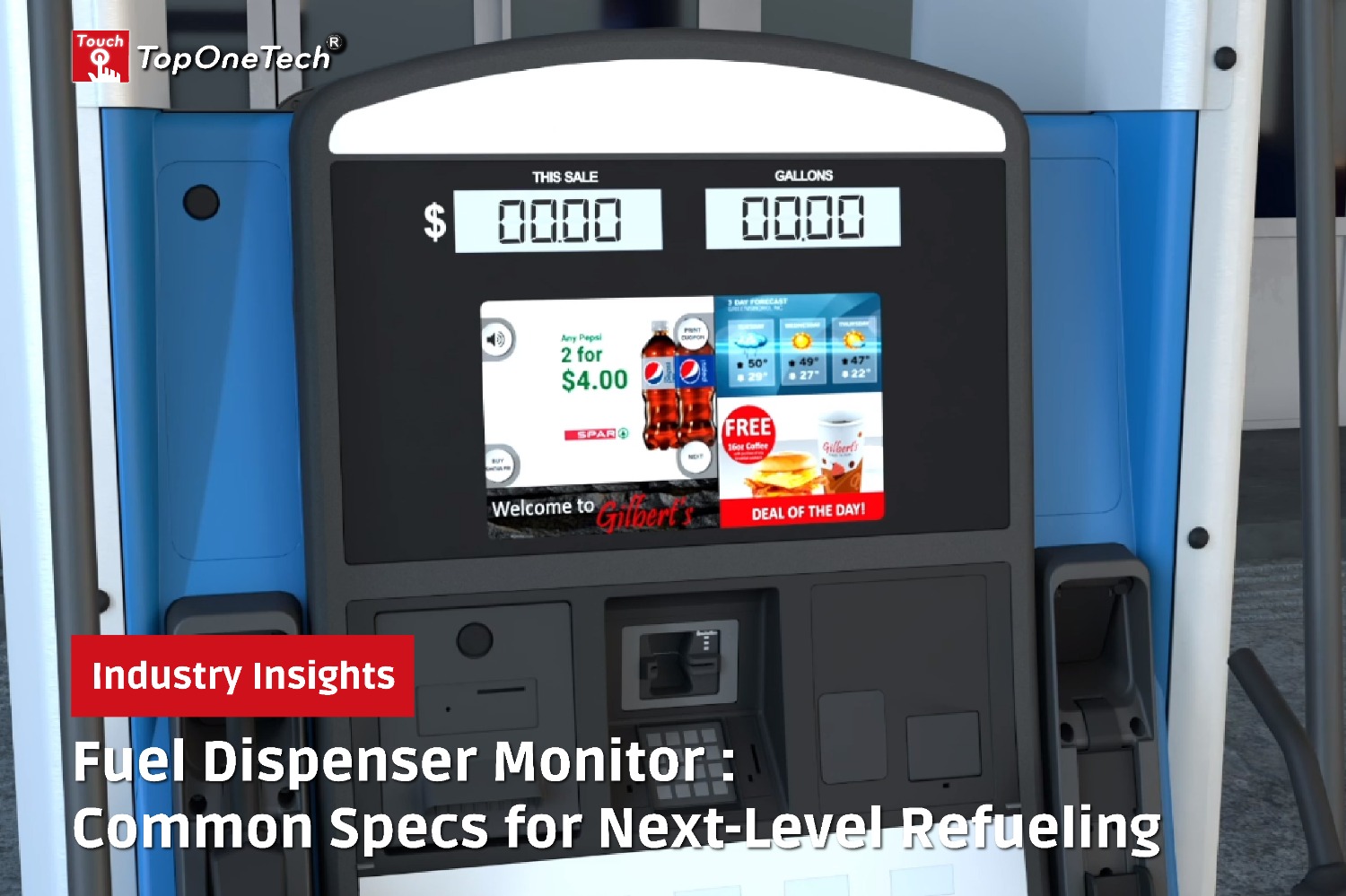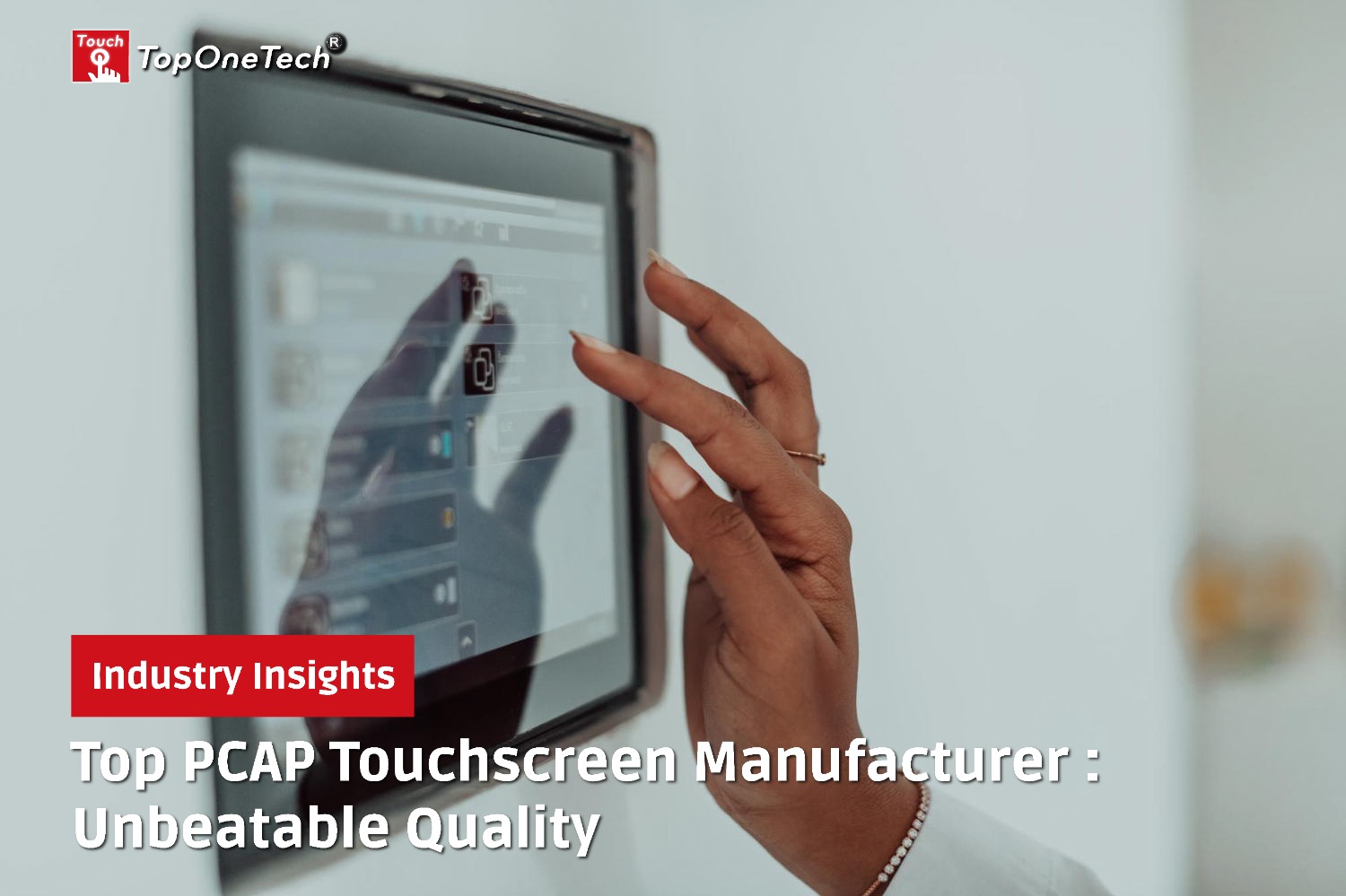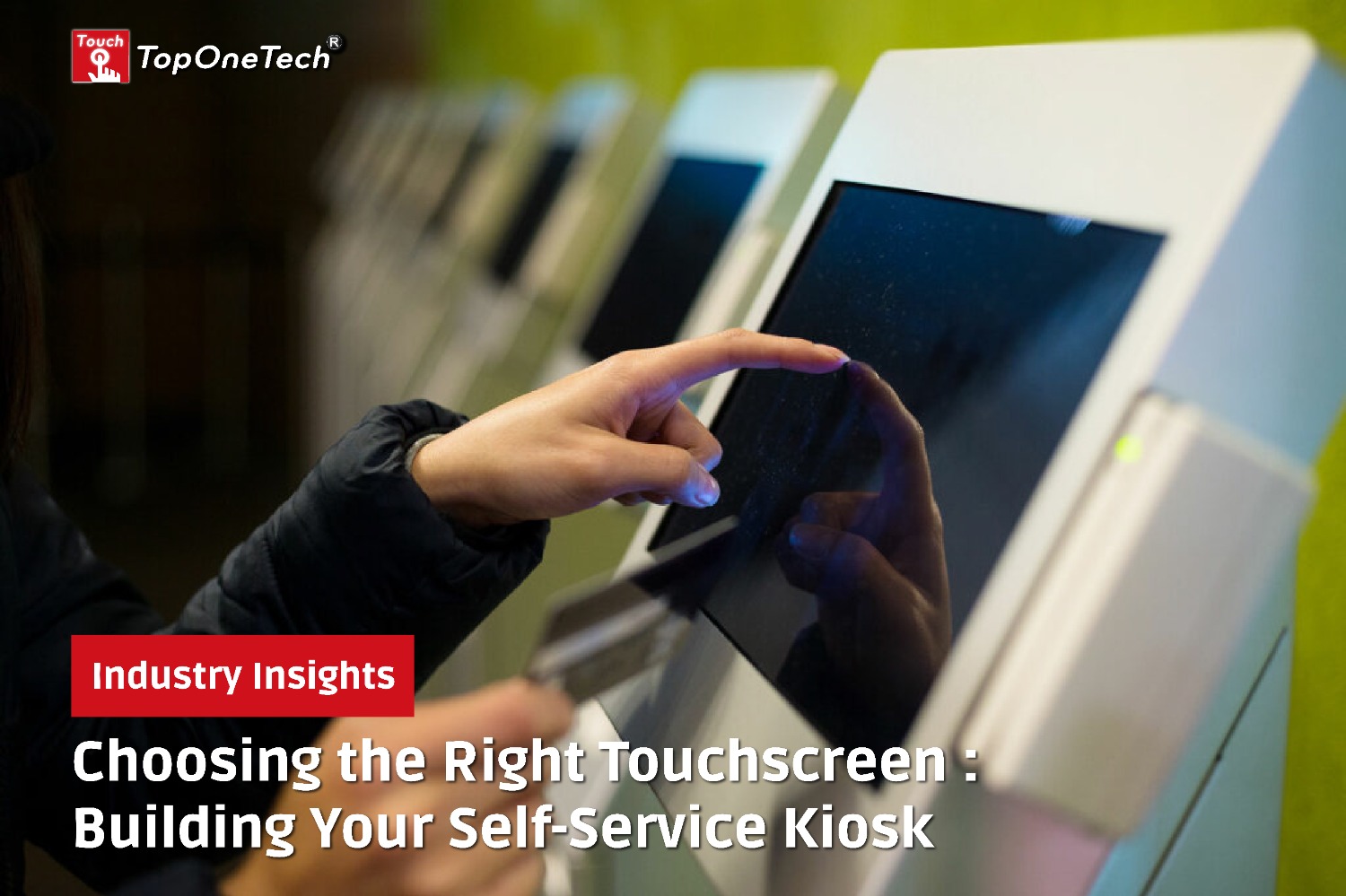
In the fast-paced world of modern fueling stations, efficiency, safety, and user convenience are key. Fuel dispenser monitors have become a pivotal part of this industry, enabling accurate, user-friendly, and secure refueling experiences. Whether it’s at gas stations, convenience stores, or commercial refueling stations, these advanced monitors play a crucial role in keeping operations smooth and customers satisfied. But what are the common specs you should be looking for in a fuel dispenser monitor to ensure next-level refueling? This guide will explore the essential features, technologies, and benefits that make these monitors a game changer in the fueling industry.
Introduction to Fuel Dispenser Monitors
Fuel dispensers are the heart of any gas station, but as technology evolves, the monitors attached to them have become just as critical. These monitors not only display vital information such as the price per gallon or liter, fuel grade, and amount dispensed, but they also incorporate a range of advanced functionalities like touchscreen interaction, digital advertising, and secure payment methods. Today’s fuel dispenser monitors are built to enhance operational efficiency while providing a seamless customer experience.
From simple, static displays to interactive touchscreen interfaces, these devices have revolutionized the way we refuel our vehicles, making the process faster, safer, and more intuitive. But what sets the best fuel dispenser monitors apart? Let’s dive into the common specifications that elevate these systems to the next level.
The Evolution of Fuel Dispenser Technology
Fuel dispensers have come a long way since the early 20th century, evolving from manual pumps to automated, computer-driven machines. Initially, they served the sole purpose of dispensing fuel, but modern advancements have transformed them into digital hubs of activity. Today’s fuel dispenser monitors are packed with technology that supports multimedia, contactless payments, and even IoT (Internet of Things) functionalities, bringing new levels of sophistication to the refueling process.
Not only do these monitors provide accurate fuel readings and price calculations, but they also display advertisements, loyalty programs, and important safety information to users. As technology has advanced, so has the complexity of fuel dispenser monitors, turning them into multifunctional devices that drive customer engagement and streamline station management.
Key Specifications for Fuel Dispenser Monitors
When selecting a fuel dispenser monitor, several key specifications define performance, durability, and user satisfaction. Below, we break down the essential features to consider when upgrading or installing new fuel dispenser monitors.
Display Type
The first thing users notice when interacting with a fuel dispenser monitor is the display. Modern monitors often feature LCD or LED screens that offer high visibility even in bright sunlight. High-definition displays ensure that the information is clear and easy to read, which is particularly important in high-traffic environments. Additionally, some monitors incorporate anti-glare and anti-fingerprint coatings to maintain screen clarity in harsh weather conditions.
Touchscreen Capability
Touchscreen monitors are becoming increasingly popular in the fueling industry due to their interactive and intuitive nature. These monitors allow customers to select fuel types, enter loyalty program information, and complete payments without needing to interact with buttons or levers. Touchscreen interfaces reduce the learning curve for new customers and make it easier for users to quickly navigate the system.
Capacitive touchscreens are the most commonly used due to their responsiveness and durability. They offer precise touch recognition, even when users are wearing gloves or when the screen is exposed to rain or dirt. This feature is essential for stations located in extreme weather conditions, ensuring seamless operation in all environments.
Durability and Weather Resistance
Fuel dispenser monitors need to withstand various environmental factors, including temperature fluctuations, humidity, and exposure to chemicals. Therefore, durability is a critical specification. Monitors that are built to be weatherproof and explosion-proof ensure safety and longevity, especially in stations handling volatile fuels.
The best monitors are made with industrial-grade materials that are resistant to corrosion, heat, and impact. Additionally, fuel dispenser monitors must adhere to specific safety certifications like ATEX and UL, ensuring they meet global safety standards for explosive environments.
Connectivity and Payment Integration
Fuel dispenser monitors are increasingly integrated with cloud-based systems and IoT solutions, allowing for real-time data monitoring and remote updates. Connectivity options such as Ethernet, Wi-Fi, and 4G/5G are essential for stations looking to upgrade their systems for remote management and predictive maintenance.
Another key feature is payment integration. Modern fuel dispenser monitors support multiple payment methods, including credit cards, contactless payments (such as NFC and mobile wallets), and even QR code scanning for app-based payments. This flexibility allows for faster transactions, reducing the time customers spend at the pump.
Enhanced User Experience with Fuel Dispenser Monitors
User experience is at the forefront of any good fuel dispenser monitor. As customer expectations for convenience and speed increase, fuel stations need to provide a seamless, frustration-free refueling experience. Modern monitors offer customizable interfaces that allow for multilingual support, fuel grade selection, and even entertainment options during the fueling process.
In addition, these monitors can display targeted advertisements or promotions based on customer preferences or time of day. It is creating an opportunity for stations to increase revenue through digital marketing. The system can also integrate loyalty programs, rewarding repeat customers and building brand loyalty.
Safety and Compliance Standards
Safety is paramount in any fueling environment, and fuel dispenser monitors must comply with rigorous safety and regulatory standards. Monitors used in fuel dispensing systems should meet international certifications, such as:
- ATEX: Explosive atmospheres certification.
- UL: Underwriters Laboratories certification for electrical equipment.
- IECEx: International Electrotechnical Commission system for explosive atmospheres.
These certifications ensure that the monitors are safe for use in environments where flammable gases or vapors are present. Additionally, secure payment options integrated into the monitors must comply with PCI DSS (Payment Card Industry Data Security Standard). It is ensuring the protection of customer payment information.
The Role of Fuel Dispenser Monitors in Fleet Management
For commercial fleet operators, fuel dispenser monitors offer valuable data that can streamline operations. These systems can track fuel consumption, vehicle IDs, driver information, and other metrics in real-time. It is allowing fleet managers to optimize fuel usage and reduce operational costs.
Fuel dispenser monitors with advanced connectivity options allow fleet managers to monitor the refueling process remotely. It is ensuring accurate and efficient fuel dispensing. In the case of discrepancies, the system can alert managers instantly, allowing for quick corrective action.
Future Trends in Fuel Dispenser Monitors
As technology evolves, fuel dispenser monitors will incorporate even more advanced features. Artificial intelligence (AI) and machine learning algorithms could soon integrate to provide predictive maintenance, forecast fuel consumption, and personalize customer experiences.
With the rise of electric vehicles (EVs), some stations are adopting hybrid models that feature fuel dispenser monitors capable of handling both traditional fuel and electric charging. This integration will be key as the market shifts toward more environmentally friendly energy solutions.
Other future trends include enhanced cybersecurity features to protect against fraud and hacking, and augmented reality (AR) displays that provide real-time information to users directly on the screen.
Elevating the Refueling Experience
Fuel dispenser monitors are no longer just simple display units. They have become integral components of modern fueling stations, enhancing both operational efficiency and the customer experience. By understanding the common specifications such as display quality, durability, connectivity, and safety, businesses can select the best monitor for their needs and stay ahead of the competition.
The future of fuel dispenser monitors lies in their ability to evolve with changing technologies and customer expectations. Whether through AI-driven analytics, hybrid fuel/EV models, or advanced payment integrations, these monitors will continue to drive innovation in the refueling process, making it safer, faster, and more convenient for all.
Top One Tech can customize Fuel Dispenser Touch Monitor and we can also customize The Fuel Dispenser Metal Cabinet, crafted by our subsidiary company, Top One Tech Metal, specially made for your application scenarios.
Don’t hesitate to contact us for further assistance :
Whatsapp/Call us at : +86 13631610695
Email : sales@toponetech.cn
See Also : Our Wide Range of Touch Monitor Products



